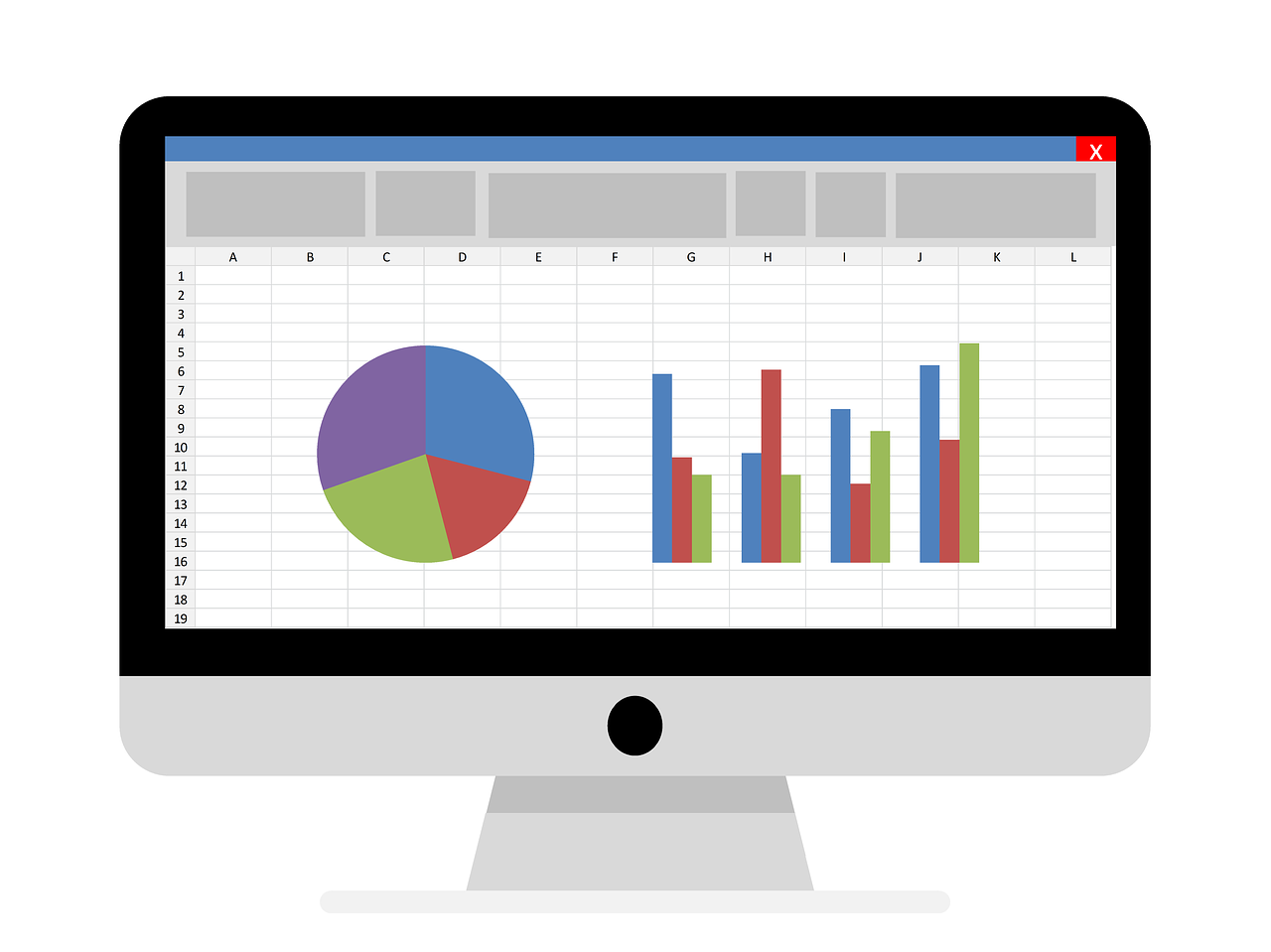
Understanding the difference between a database and a spreadsheet plays an essential role in the daily operations of many companies, and it is vital to make better use of these technologies. Although different technologies are involved, the databases and spreadsheets share some characteristics.
Spreadsheet applications are user-friendly, ubiquitous, and flexible. They are used to merge cells, add comments, format tables, and make graphs. However, with flexibility comes risk. They can lead to more work, longer waiting times, more versioning, and lower accuracy.
A database generally stores data values in tables, which have a name and one or more columns and rows, called records. A single record has a value for each column. Databases require relationships among records in different tables.
Technologies
Databases and spreadsheets usually employ various technologies. The most commonly used spreadsheet software is Excel, part of Microsoft Office. Other commonly used spreadsheets are part of OpenOffice and Google Suite.
The leading database technologies include Oracle, SQL Server, Microsoft Access, and MySQL. Databases run on servers and are accessed via networks. In many cases, a database has a software application built on it, which will give the user access to the data.
Data Volume
Spreadsheets were created to interpret data and sort items on a list, not for long-term storage of data. It should be used to 'process' figures and store items from a single list. Spreadsheet programs maintain inventory, statistical data modeling, and computer data.
To save considerable amounts of raw data, it is better to use a database, especially when more than two users share the information. Databases need little or no duplication of data among information tables. Also, the two most significant advantages of using a database are the possibility to improve data integrity and the efficiency to report and share data.
Processing Functions
Spreadsheets and databases allow a wide range of processing functions, which make manipulating, sorting, and filtering data possible. The databases provide a more comprehensive variety of complexity when it comes to data manipulation, yet this must be expressed in programming or SQL code. Nevertheless, for basic data processing, users obtain a diversity of automated functions from spreadsheets. Meeting some data management needs is only achievable using databases, but if this is not the case, a spreadsheet can be a useful option.
Number of Users
The number of users accessing the data may ultimately be the determining factor on whether to use a database or a spreadsheet. If a project demands that many users update and make modifications on the data, this should not be done in a spreadsheet. It is much more challenging to keep precise configuration control with a spreadsheet. If there are just a few users to update the data, a spreadsheet should be adequate.
Even if a company is small, it's better to consider how many people will need to make changes. The more users who need access, the more likely a database is the better option.
The Right Tool
Knowing what kinds of projects are suitable for a spreadsheet or a database can help guide your company in the right direction:
Spreadsheets are generally appropriate for:
- Calculations
- Data analysis
- Chart management
- Statistical comparisons
Databases are used for:
- Multiple users
- Repetitive data sequences
- Data management
- Data summary reports
- Complex search queries
- Displaying data subsets
Contact Soaring Eagle Consulting for a Free Database Evaluation Today
Getting started is simple. Click the button below to request your free one-hour database assessment from the DBA experts at Soaring Eagle Consulting®.


